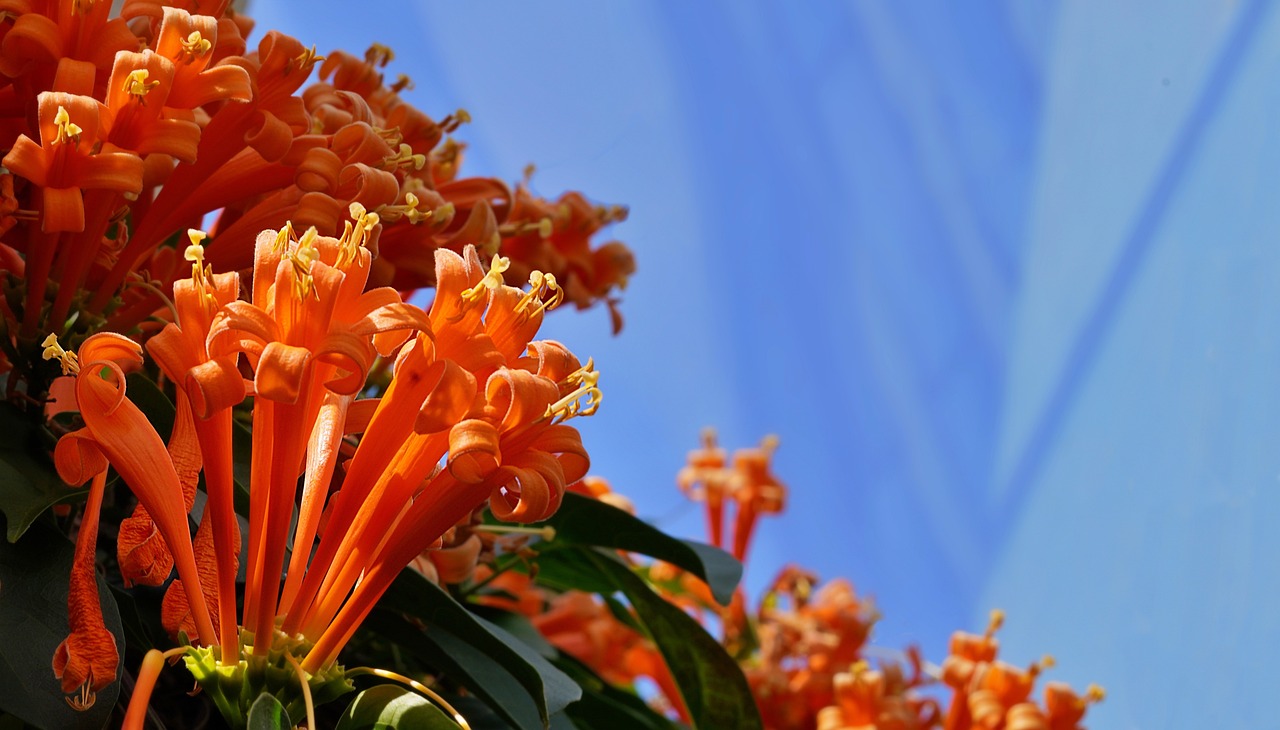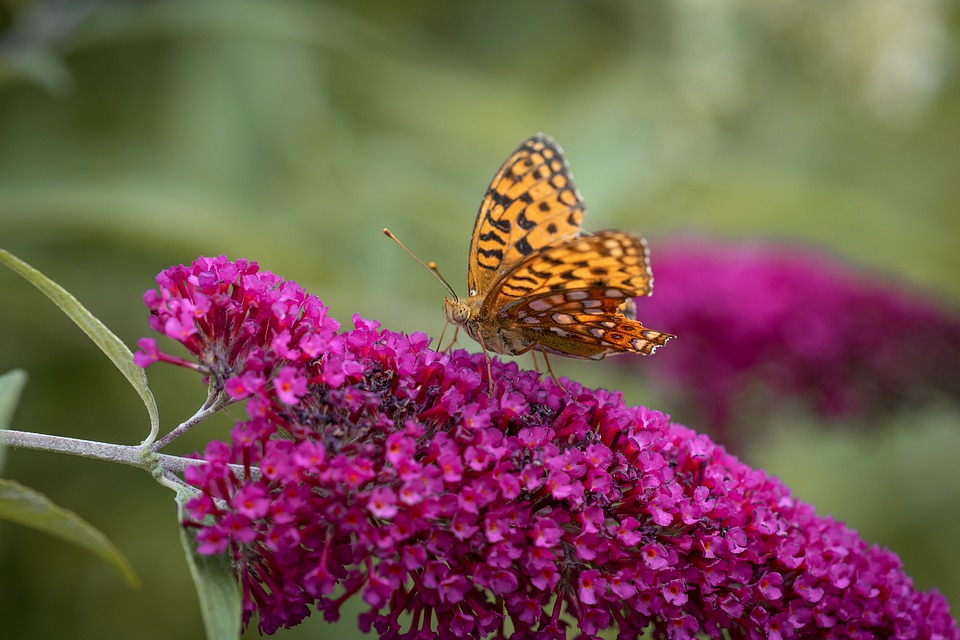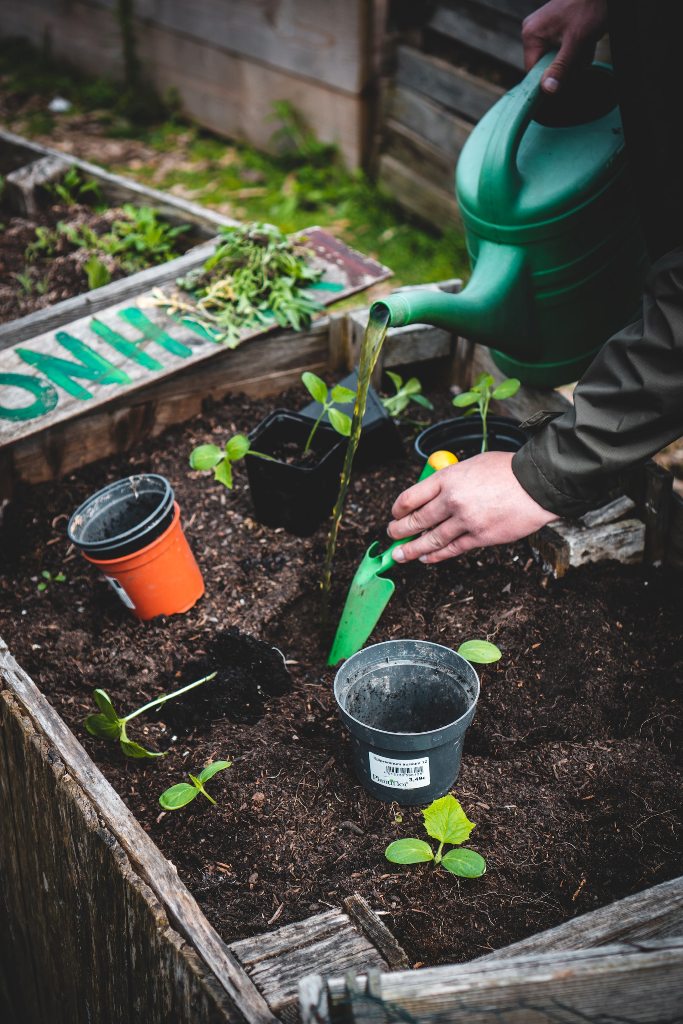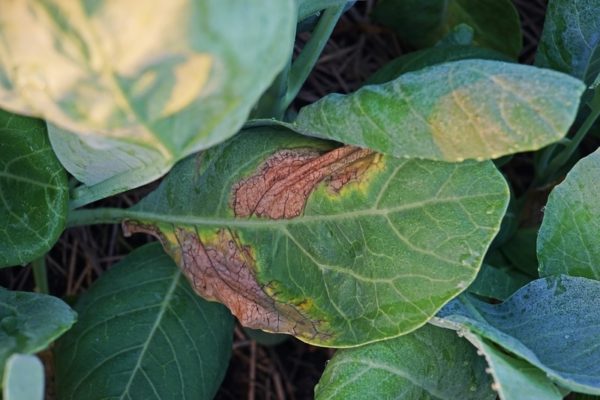Hummingbirds, with their iridescent plumage and remarkable agility, are a delight to watch as they flit and hover in gardens. To attract these tiny, jewel-toned wonders to your outdoor space, planting the right flowers is key. Hummingbirds are drawn to bright, tubular blossoms rich in nectar, making certain flowers the perfect choice for your garden. In this blog, we’ll explore six beautiful flowers that are sure to entice hummingbirds to visit your garden oasis.
1. Trumpet Vine (Campsis radicans)
Trumpet vines are renowned for their showy, trumpet-shaped flowers that come in shades of red, orange, or yellow. These vibrant blooms are a hummingbird magnet, thanks to their ample nectar supply. Trumpet vines are vigorous climbers that can cover trellises, arbors, and fences, providing hummingbirds with convenient perches. Be aware that they can be quite prolific, so regular pruning may be necessary to keep them in check.
2. Bee Balm (Monarda spp.)
Bee Balm, also known as Monarda or Bergamot, produces clusters of tubular flowers that hummingbirds find irresistible. The flowers come in various colors, including red, pink, and lavender, and have a delightful fragrance. Bee Balm is not only attractive to hummingbirds but also to bees and butterflies, making it a versatile choice for a pollinator-friendly garden. It’s a perennial plant that adds both beauty and wildlife appeal to your garden.

3. Salvia (Salvia spp.)
Salvias are a diverse group of plants that includes both annual and perennial varieties. Their tubular, nectar-rich flowers are available in a wide range of colors, including red, blue, purple, and white. Hummingbirds are particularly fond of red salvias. These low-maintenance plants are not only a favorite among pollinators but also add vibrant color and texture to your garden. The perennial varieties, in particular, can provide long-term hummingbird attraction.
4. Coral Honeysuckle (Lonicera sempervirens)
Coral honeysuckle is a native vine that produces clusters of tubular, coral-red flowers. Its sweet, nectar-filled blossoms are a hummingbird favorite. The vine is relatively easy to grow and can be trained to climb trellises, fences, or walls. It also provides shelter for birds and serves as a host plant for swallowtail butterfly larvae. Coral honeysuckle is an excellent choice for attracting hummingbirds while supporting local wildlife.

5. Cardinal Flower (Lobelia cardinalis)
The Cardinal Flower, with its brilliant red blossoms, is aptly named for its vibrant hue. These spike-like clusters of tubular flowers are known for their ability to draw hummingbirds from a distance. Cardinal flowers thrive in moist, partially shaded areas, making them ideal for rain gardens or along the edges of ponds and streams. These native perennials are not only attractive but also provide essential nectar for hummingbirds throughout the summer.
6. Fuchsia (Fuchsia spp.)
Fuchsias are known for their pendulous, tubular flowers that come in a variety of striking color combinations, such as red and purple or pink and white. These unique blooms are perfectly designed for hummingbirds, offering easy access to nectar. Fuchsias are typically grown in hanging baskets or containers, making them an excellent choice for small gardens, patios, or balconies. Their cascading branches create a charming display that hummingbirds can’t resist.
To create an inviting environment for hummingbirds in your garden, consider the following tips:
Provide a water source: Hummingbirds not only need nectar but also appreciate a nearby water source for drinking and bathing. A shallow birdbath or a water feature with moving water can be enticing.
Avoid pesticides: Hummingbirds are highly sensitive to pesticides, so opt for natural and organic gardening methods to keep your garden chemical-free.
Maintain a continuous bloom: Select a variety of flowers that bloom at different times throughout the growing season to provide a consistent food source for hummingbirds.
Plant in groups: Planting flowers in clusters or drifts can create more visual impact and make it easier for hummingbirds to spot their favorite blooms.
By incorporating these stunning flowers into your garden and providing the right conditions, you can create a haven that not only enhances the beauty of your outdoor space but also attracts the enchanting presence of hummingbirds. Observing these remarkable birds up close as they sip nectar and grace your garden with their presence is a rewarding experience that connects you with the magic of nature.



